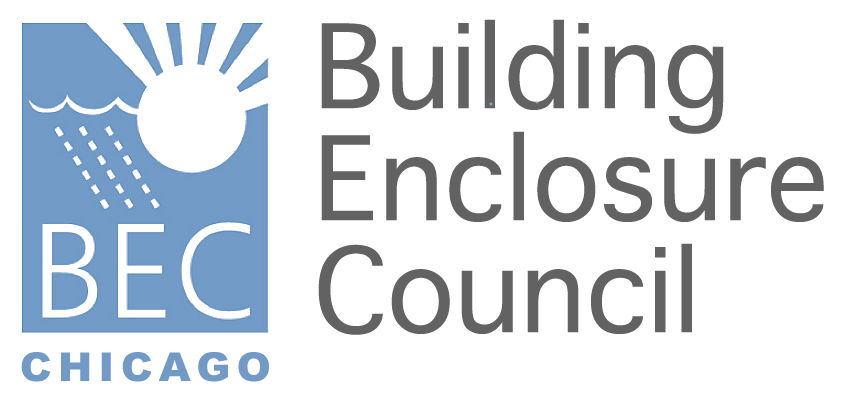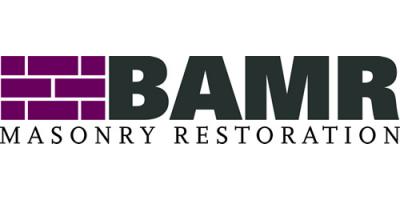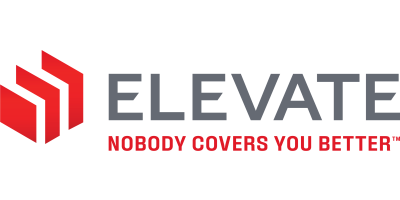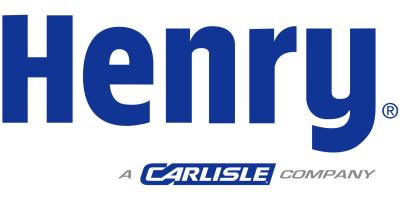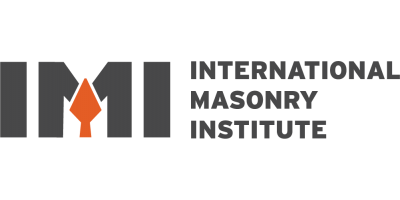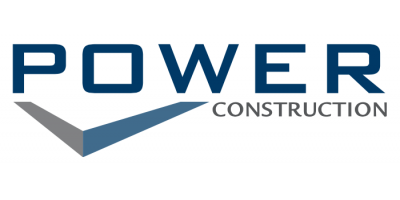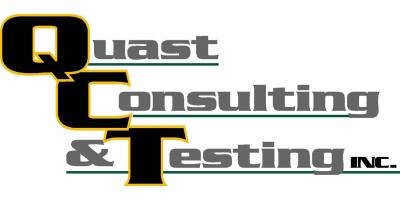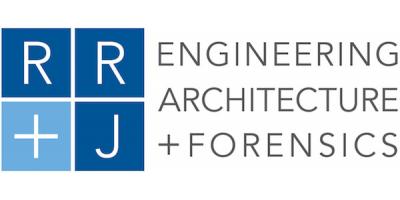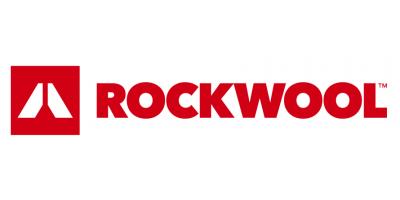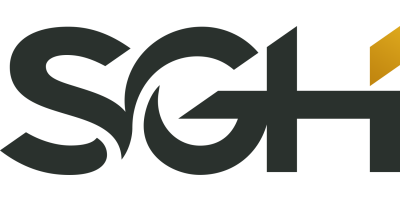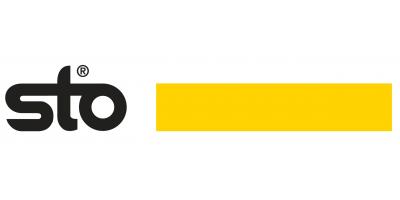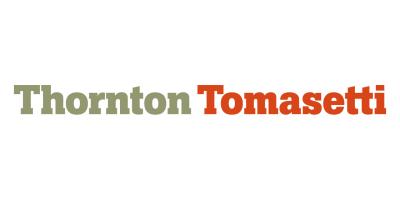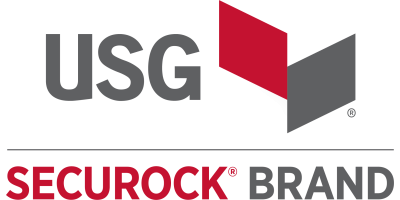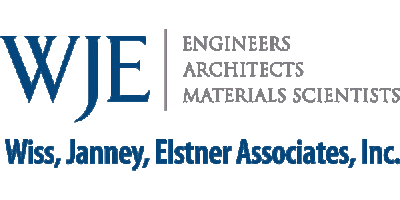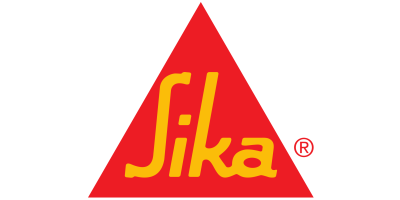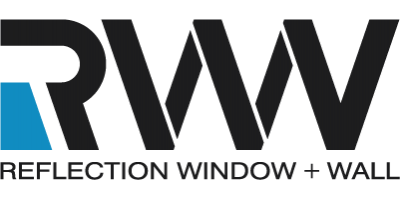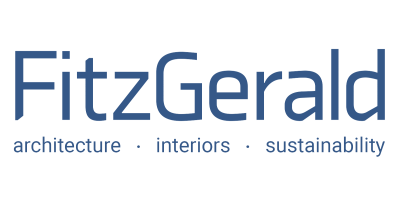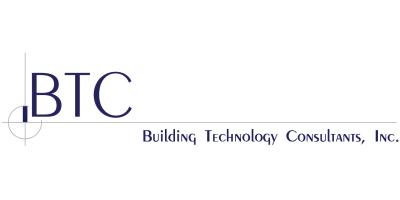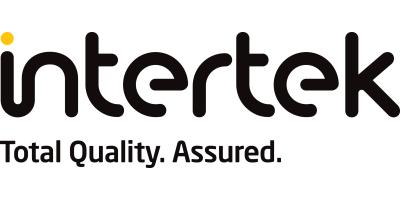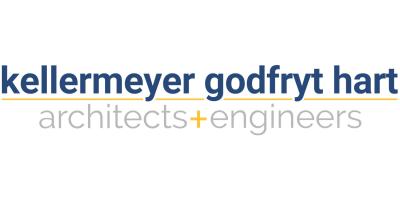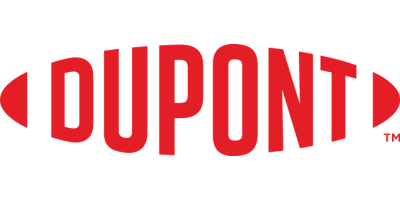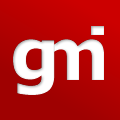| Location | 11 East Madison, Suite 300, Chicago, IL (Gensler) |
AIA CREDIT: Yes
SCHEDULE:
5:30 – 6:00 pm (Reception & Socializing w/ Hors d'oeuvres) - We kindly request not to arrive no more than10 minutes prior to scheduled start time.
6:00 – 7:30 pm (Presentation)
7:30 – 8:00 (Q & A)
ABSTRACT:
What are some of the building science questions without widely known answers? The aim of this talk is to wrap up a range of topics, some coming from the audience. White roofs; airtight roofs. Parapets and parapetitis. Favorite case studies. Protection against nuisance flooding. Corners. Energy retrofits in historic buildings.
Three case studies will be discussed including the Guggenheim Museum, UN Secretariat Building, and the white roof problem.
The Solomon R. Guggenheim Museum began to show some structural deformation in 2006. I was invited to join a team led by Robert Silman and Angel Ayon, initially to investigate if a continuous exterior structural shell might present “condensation” problems in the insulated wall. That was just the beginning…
The United Nations Secretariat Building was about to undergo a very expensive upgrade intended to garner a LEED Platinum rating. There was one bothersome finding for the design team—how come the marble façade on the north and south were in such exceptionally good condition? Lessons learned pertain to any energy-saving effort in major buildings.
A major home builder in Tucson AZ had terrible problems with water dripping through the roof assembly and soaking the insulation. Interior relative humidity never got above 35%. There is an upside to white low-slope roofs: cooling energy saving and avoidance of heat island effect. How significant is the downside and what can be done about it?
LEARNING OBJECTIVES:
- Appreciate subtle but important moisture transport factors associated with radiation, convection and conduction.
- Apply findings from case studies to energy efficiency efforts in historic buildings.
- Learn how to learn from surprises.
- Weigh in on design that carries a high level of building science application.
PRESENTER BIO:
Bill Rose is Senior Research Architect at the Applied Research Institute, College of Engineering, University of Illinois at Urbana-Champaign (UIUC). His research has been on water in buildings (the title of his 2005 book), energy, indoor environments and historic buildings. He is an ASHRAE Fellow, and was Handbook Chair for the ASHRAE Fundamentals chapters on Building Envelopes for several years. He was responsible for the Envelopes chapter of the recent ASHRAE Guide for Energy Efficiency in Historic Structures. He currently serves as chair of the Energy Committee of the iCAP process, targeting zero GHG emissions from UIUC by 2050. He consults on historic buildings.
RSVP:
For BEC Chicago members, an RSVP invite will be sent out approximately 7 to 10 days in advance of event. For non-BEC Chicago members interested in attending, you may contact Jeff Diqui at jdiqui@imiweb.org to request an invite. The inviation will include a link to an RSVP.
